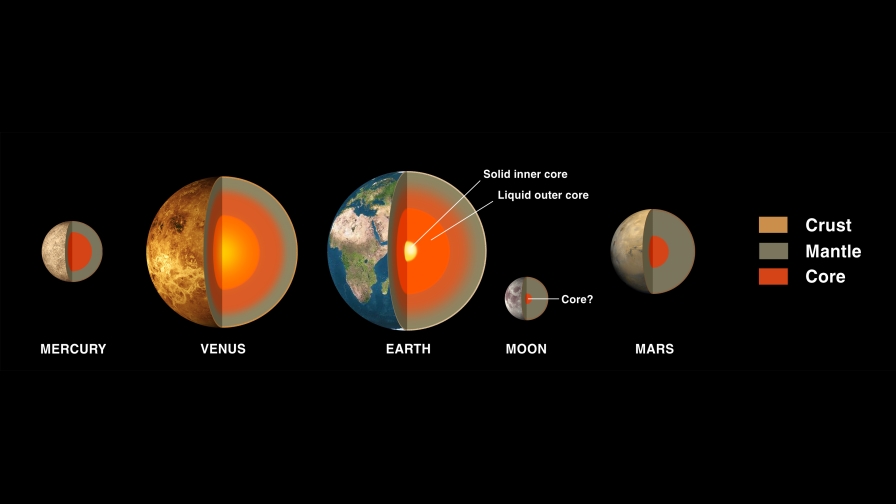
The Sun has been producing a huge amount of energy for over 4 billion years through nuclear fusion. Nuclear fusion is the process by which the Sun converts mass to energy. Albert Einstein’s equation, E=mc^2, reveals that a little bit of mass has a huge amount of potential energy which indicates why the sun has been able to shine for so long. In fusion, nuclei smash into each other at high speeds and fuse together to form nuclei with higher atomic weights. In this process, some of the mass is converted into energy.
When the Sun undergoes nuclear fusion, four hydrogen nuclei fuse together to form a Helium nucleus. The Sun’s nuclear fusion process is called the proton-proton chain. This is because two Hydrogen nuclei, which are each a single proton, fuse to form a deuterium nucleus, which is one proton and one neutron. Then, the deuterium nucleus fuses with another Hydrogen proton to form Helium-3. The Helium-3 nucleus fuses with another Helium-3 nucleus to form a Helium nucleus with two protons and two neutrons. The two extra protons are released. In this process, a tiny amount of mass disappears, but it is transformed into a huge amount of energy. The energy is released in the form of gamma rays, neutrinos, and positrons.
When the sun was forming, the cloud that would become the sun contracted under gravity and became hotter and more dense, setting the stage for nuclear fusion. Nuclear fusion occurs in the Sun’s core because it is the hottest and most dense area, with the core temperature being about 15.6 million K. High temperature and density are required because like charges repel each other, so Hydrogen nuclei would not fuse together to form Helium nuclei otherwise. The point is, the Sun generates its energy because it is massive enough to sustain a hot and dense core, which overcomes repulsion of Hydrogen atoms of the same charge, smashing them together to form Helium. This results in some mass being converted to energy, which we know is an enormous amount because of Einstein’s E=mc^2.
Thanks for reading!! Let me know what fusion processes you think would happen in more massive, hotter stars!















